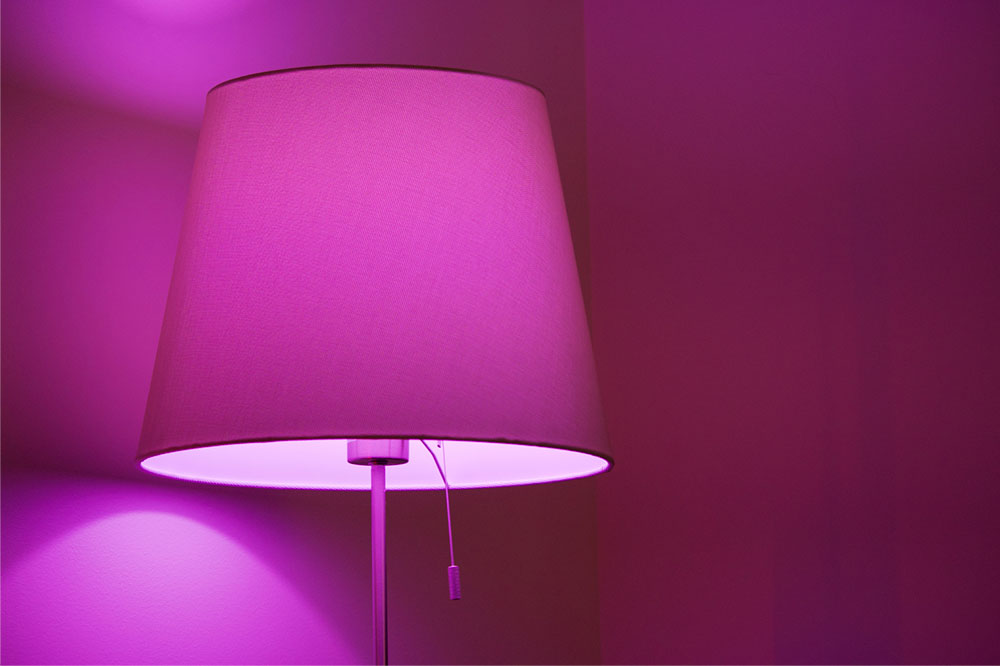
Top 12 home lighting mistakes to avoid
Proper lighting is pivotal in creating a warm, inviting atmosphere in any home. It accentuates the spaces, reflecting one’s living style. However, many homeowners often make innocuous mistakes when illuminating their living spaces. This article will explore common home lighting mistakes and provide valuable tips to help avoid them. From choosing the wrong fixtures to neglecting task lighting, understanding these errors will let every person transform their spaces into beautifully lit homes.
Overlooking a lighting plan
One of the most common mistakes homeowners make is diving into lighting without a well-thought-out plan. Failing to consider the room’s purpose, layout, and desired ambiance can result in subpar illumination. To avoid this error, start by assessing the room’s needs. Does it require bright, functional lighting or a more subdued, cozy atmosphere? Creating a lighting plan tailored to each room will help select the right fixtures and bulbs.
Neglecting layered lighting
A single overhead light source can create harsh shadows and an unflattering atmosphere. Neglecting the concept of layered lighting is a significant mistake. Layered lighting involves three primary types: ambient, task, and accent lighting. Ambient lighting provides overall illumination, task lighting aids in specific activities, and accent lighting adds depth and visual interest. Combining these layers can transform the home’s ambiance and functionality.
Inadequate or inconsistent fixture placement
Another frequent blunder is installing fixtures without considering their placement and spacing. Whether it’s pendant lights over a kitchen island or sconces in a hallway, improper fixture placement can disrupt the room’s balance. Ensure fixtures are adequately spaced and positioned to distribute light evenly. Avoid overcrowding or leaving dark spots in the room, as both can negatively impact the lighting scheme.
Choosing the wrong color temperature
Selecting the right color temperature for lighting is paramount. A light source’s color temperature, measured in Kelvin (K), affects the ambiance and mood of a space.









